This is a Venn diagram which illustrates cases of neglect and cases of careful parents where babies fall. Falls happen, they shouldn’t, but they do. It’s a condition of nature.
667
I have no idea. I used a web translator.
The constituent parts of gunpowder are sulphur, charcoal, and potassium nitrate. None of these chemicals are psychoactive in humans.
The beauty of agglutination. New words can be created without new vocabulary, sometimes regardless of technological changes. In Esperanto, there is no dedicated word for “cell phone”, but a word is needed to refer to these devices, so it’s “poŝtelefono”, or “pocket phone”.
Well, part of that is owed to the fact they were basically using a speaking code, Cockney.
Translated SetSemanticFocus.
It comes with customizable alarm clock snooze, right? Right..?
That’s got to be a great photo, too!
The tide swings can get pretty large in any season on the bay; there’s also wind-effect tides as well. This photo could be nearly anywhere, my guess is just conjecture from seeing what looks like brackish water and a dilapidated covered dock.
I’m willing to bet somewhere on the Chesapeake.
The device was not an ordinary smart watch made by Apple or Samsung, but a special type that US Immigration and Custom Enforcement (ICE) had mandated the woman wear at all times, allowing the agency to track her. The device was beeping when she entered the hospital, indicating she needed to charge it, and she worried that if the battery died, ICE agents would think she was trying to disappear, the hospital workers recalled. She told them that, just days earlier, she had been put on a deportation flight to Mexico, but the pilot refused to let her fly because she was so close to giving birth.
This situation is still fucked up.

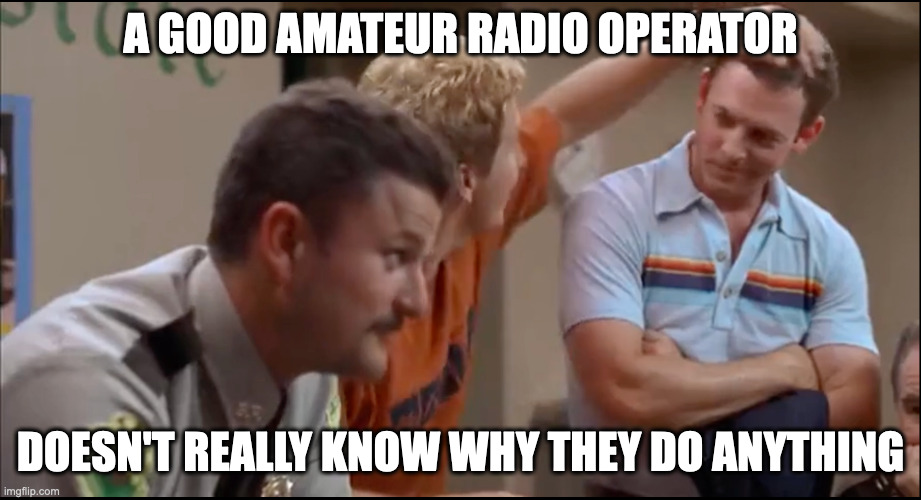


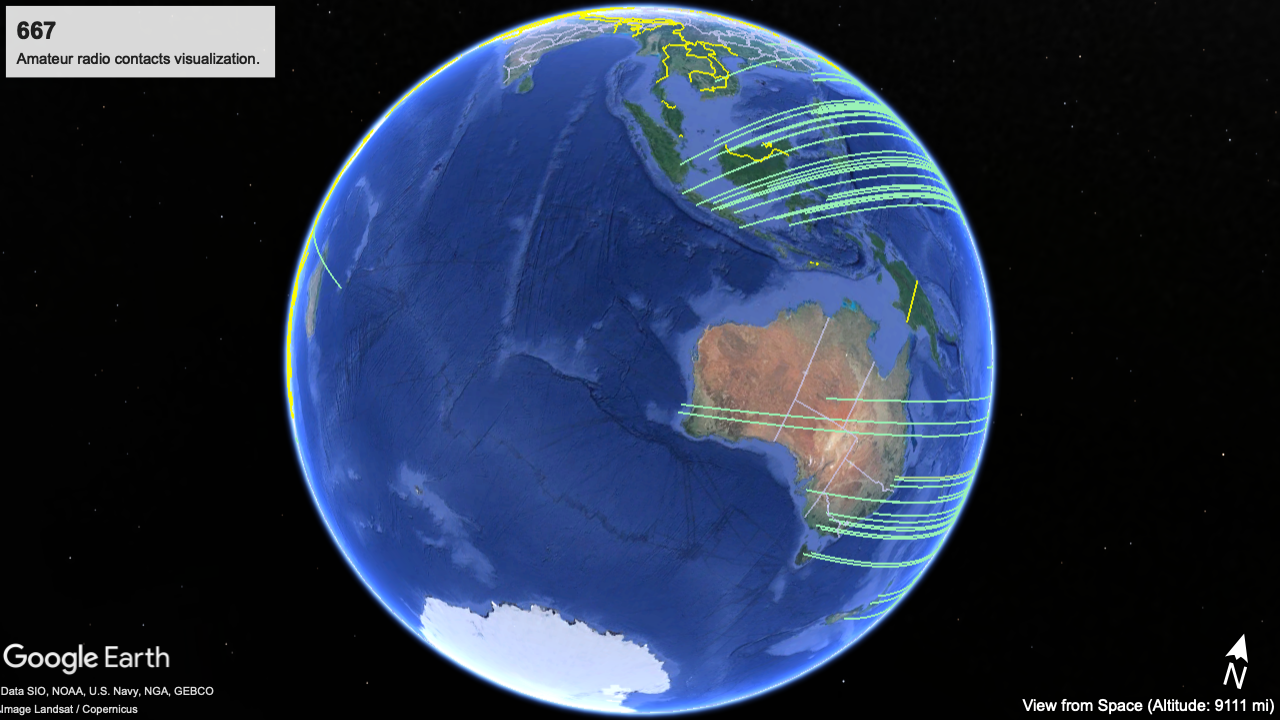

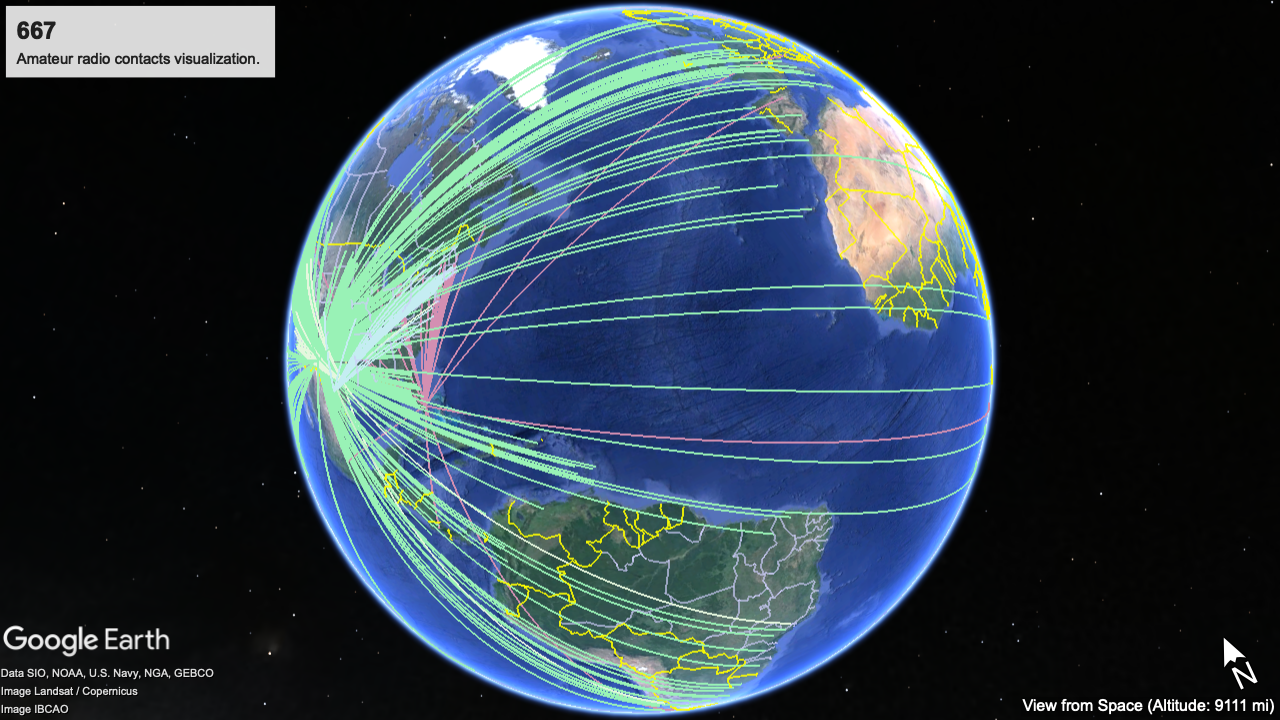
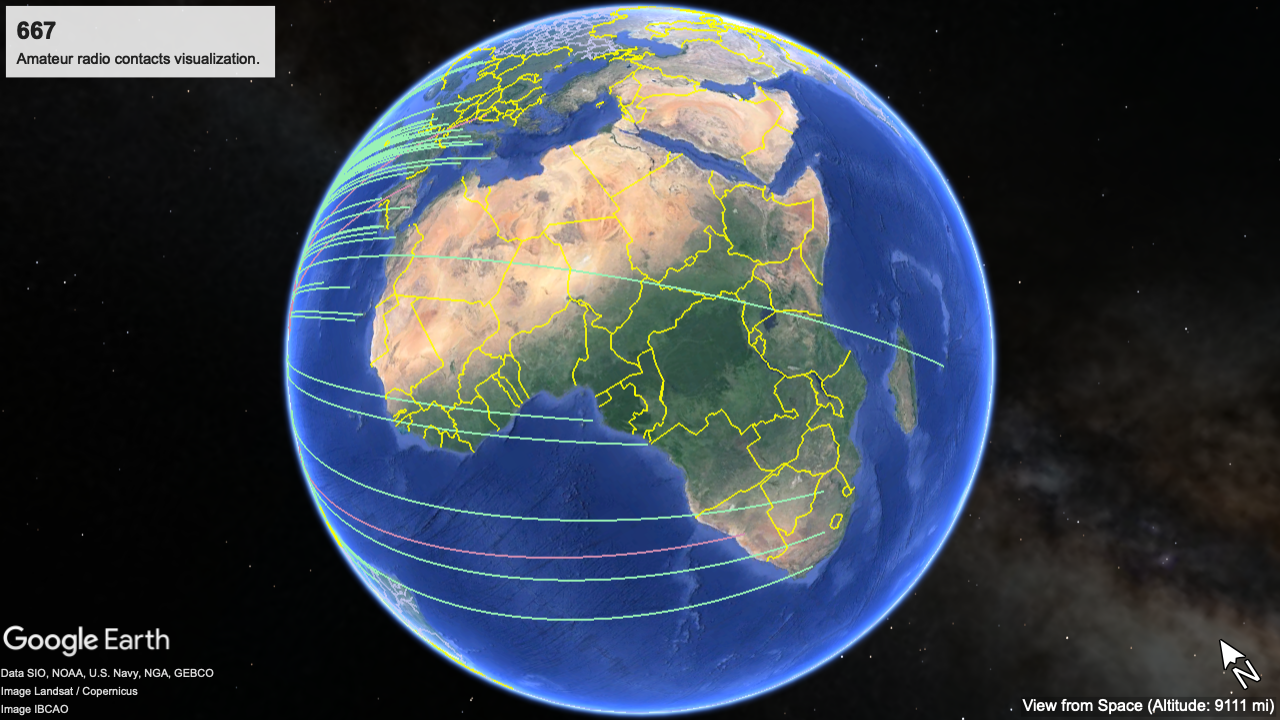

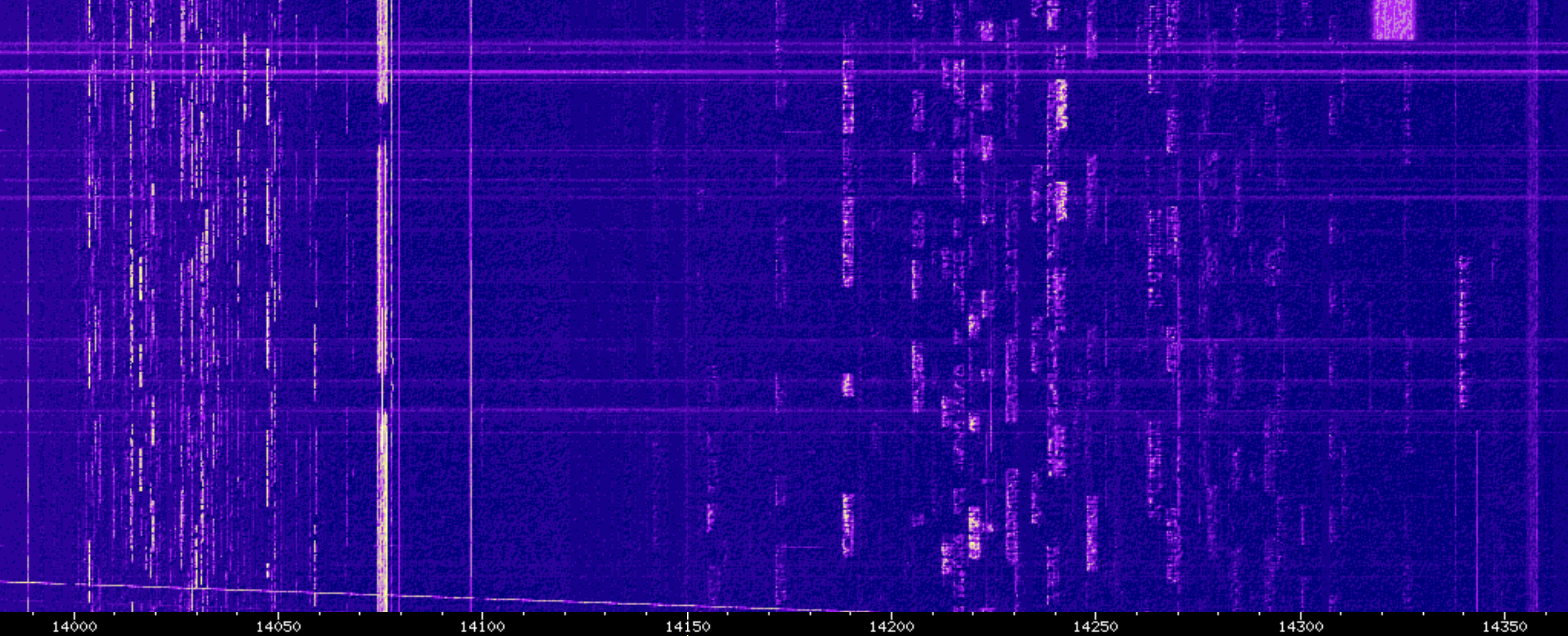
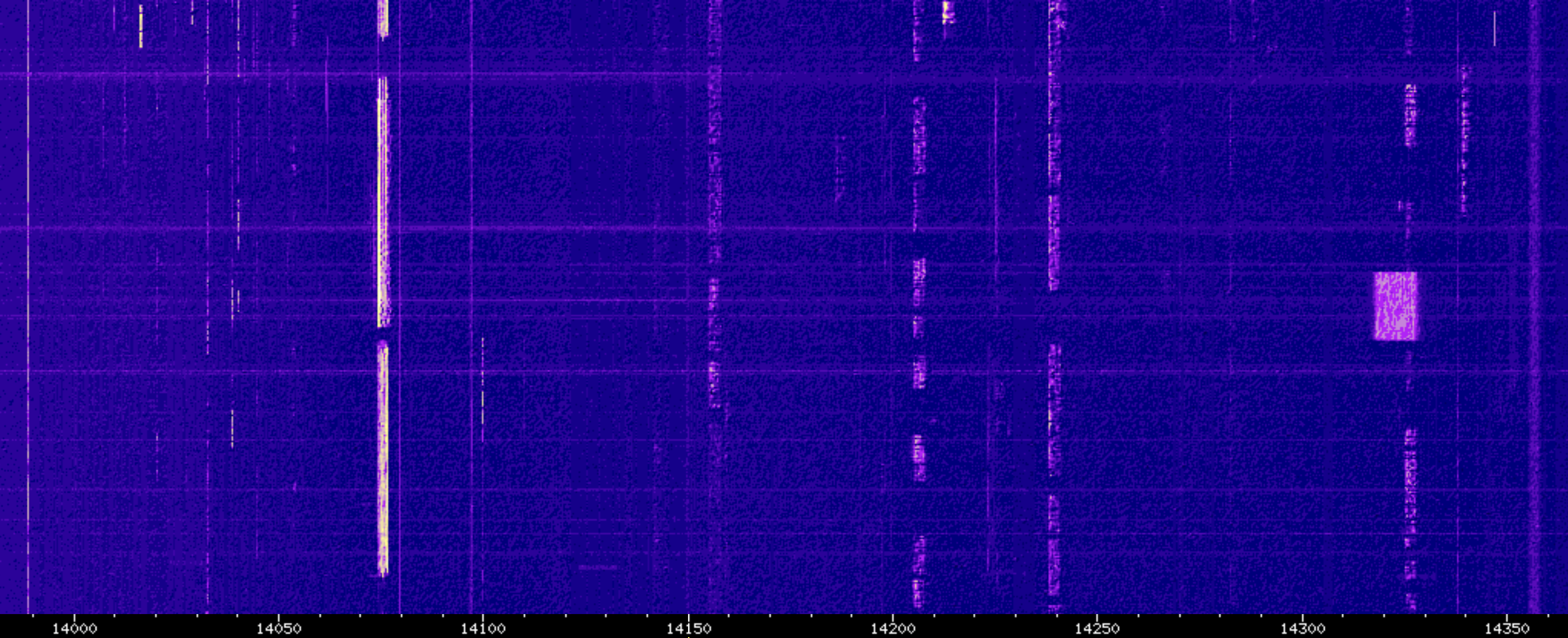
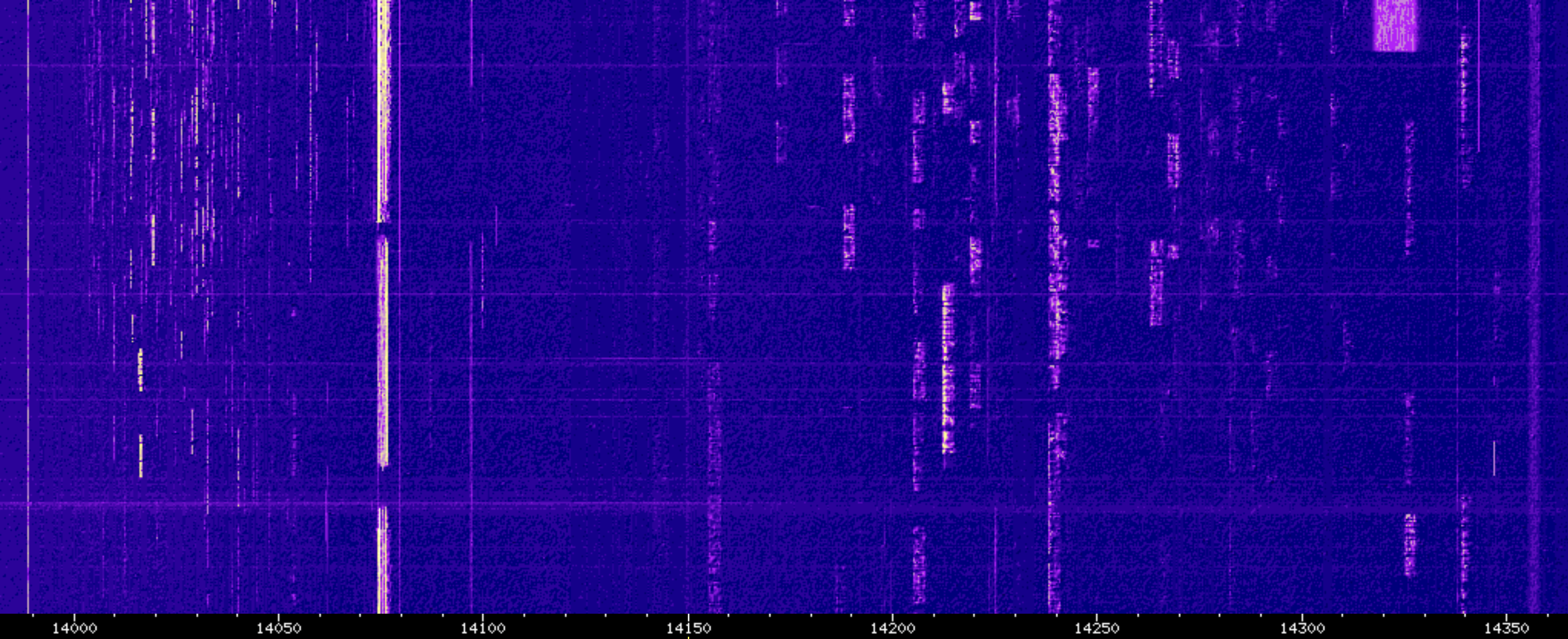


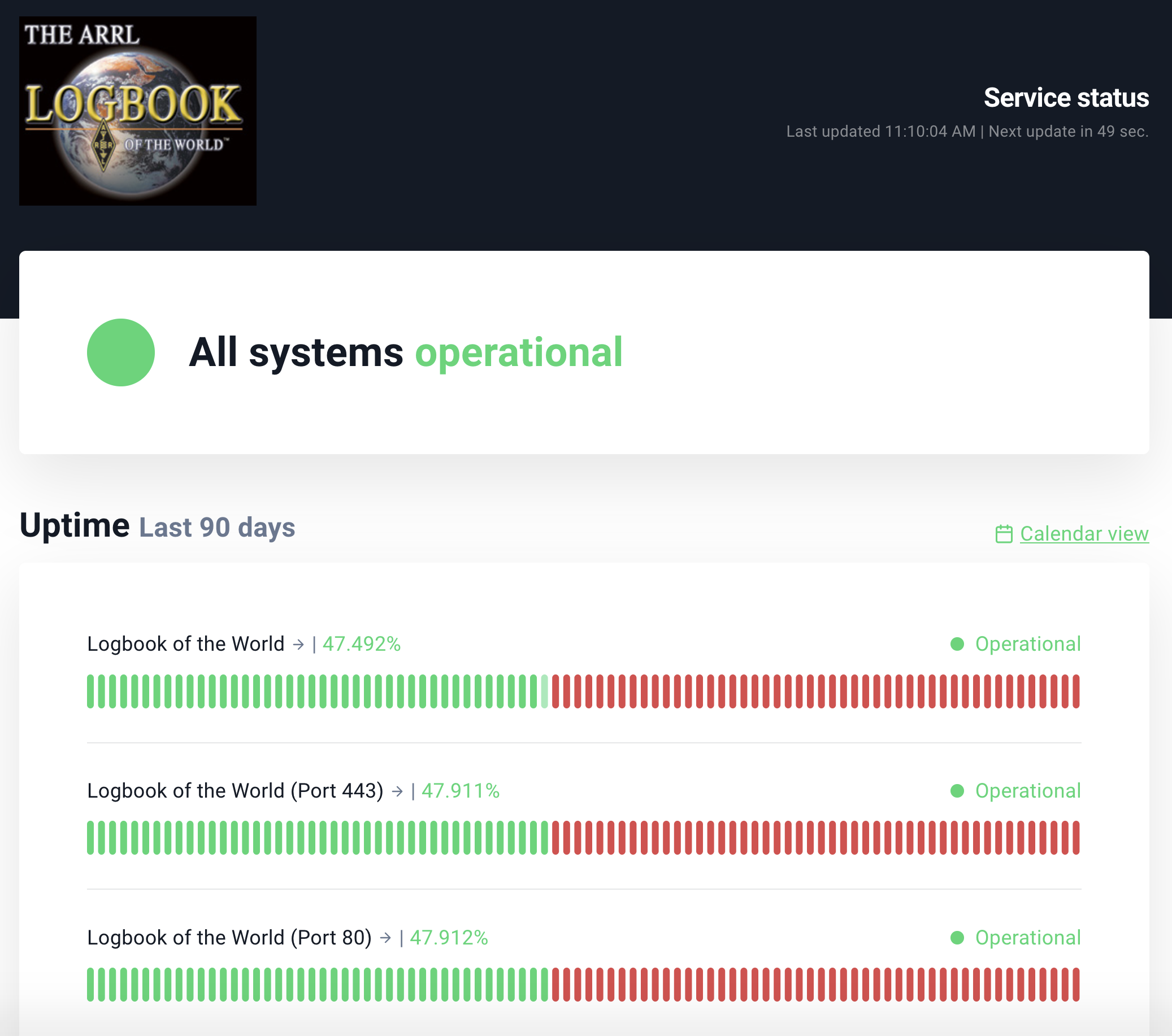
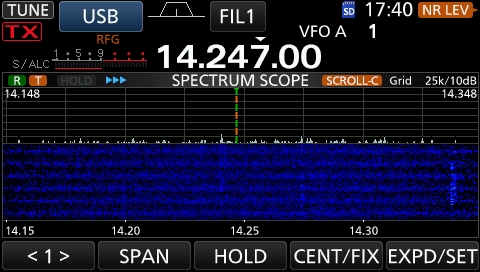




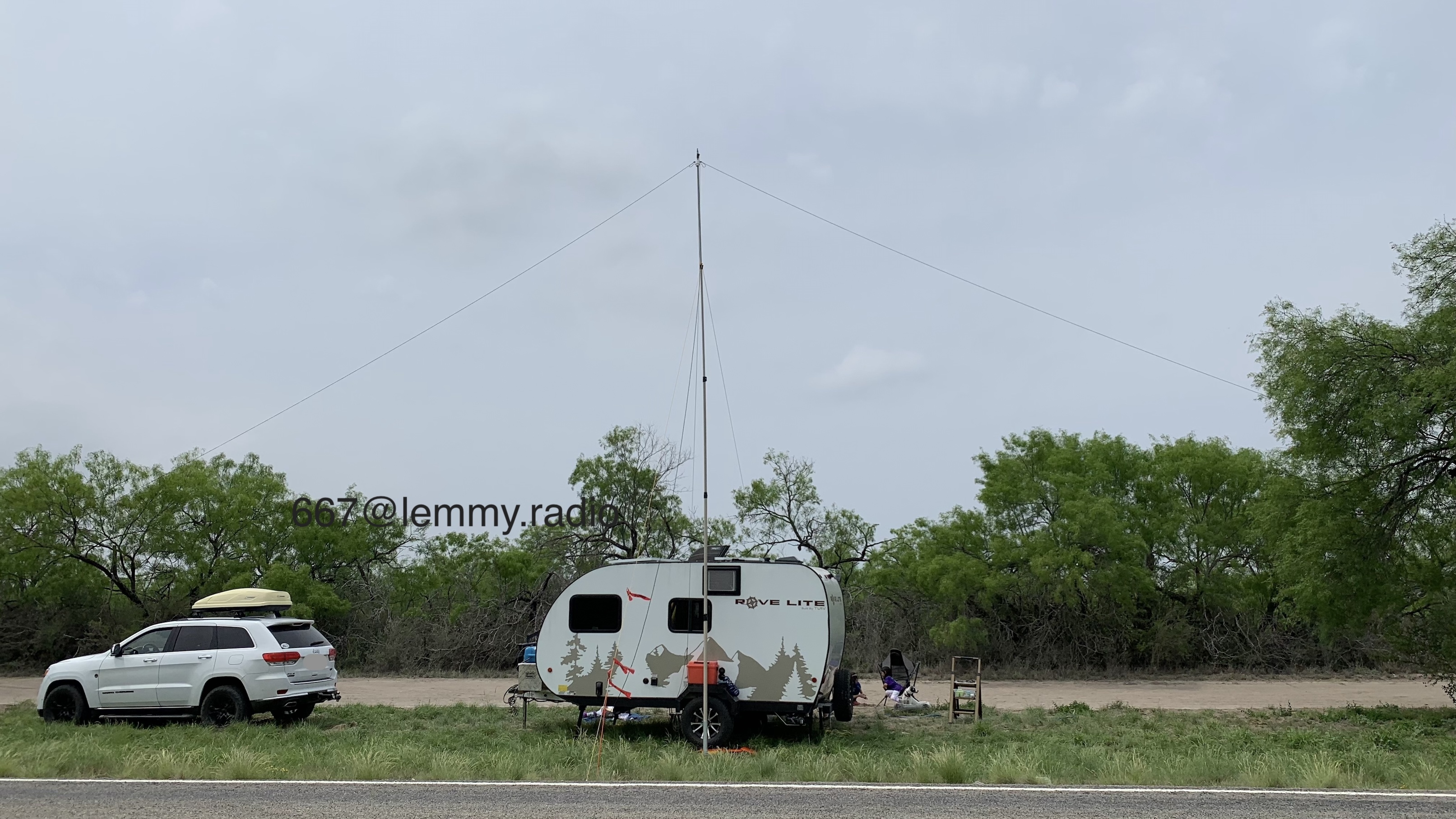
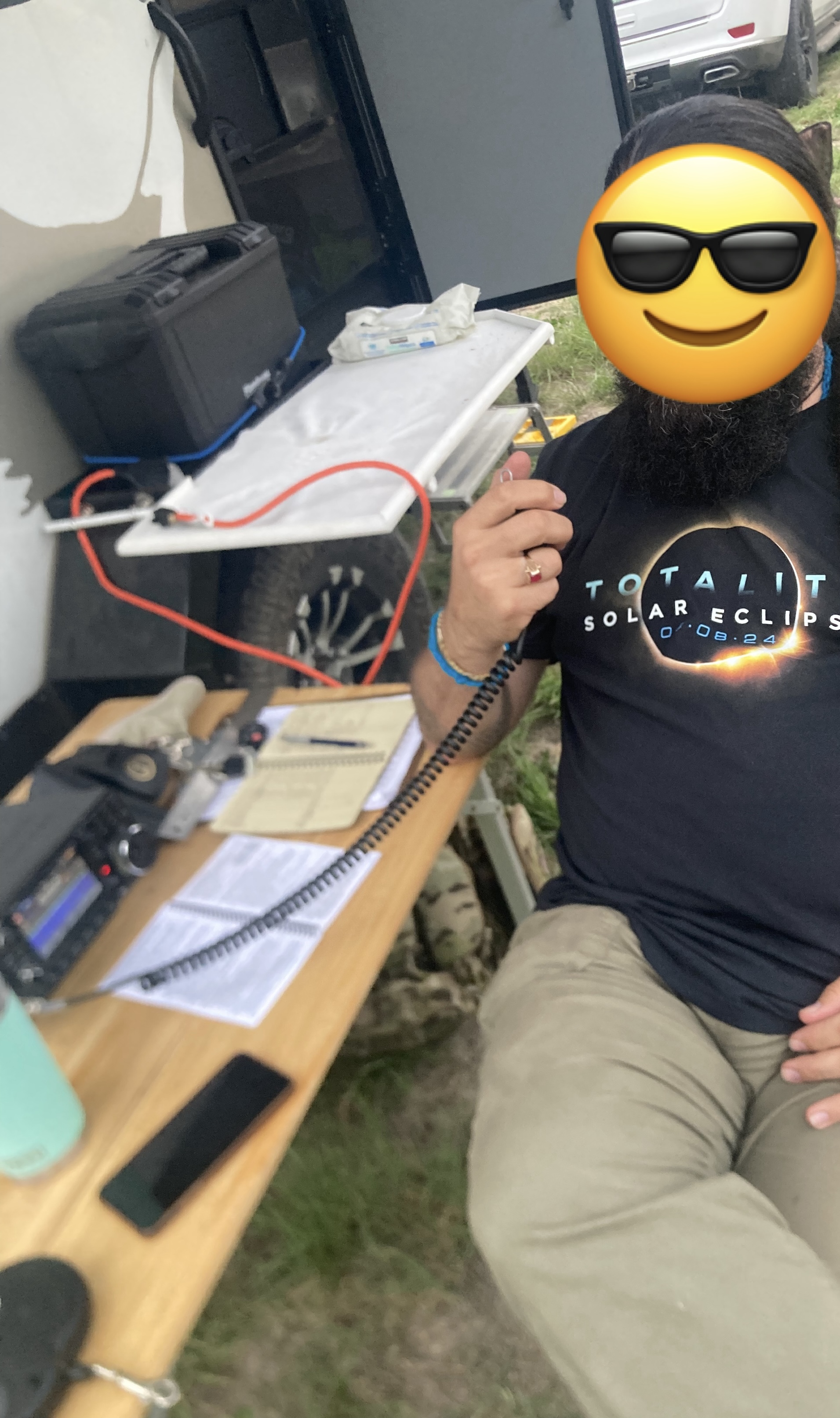

Stunning on both accounts; the Pleiades are one of my favorite features of the sky.